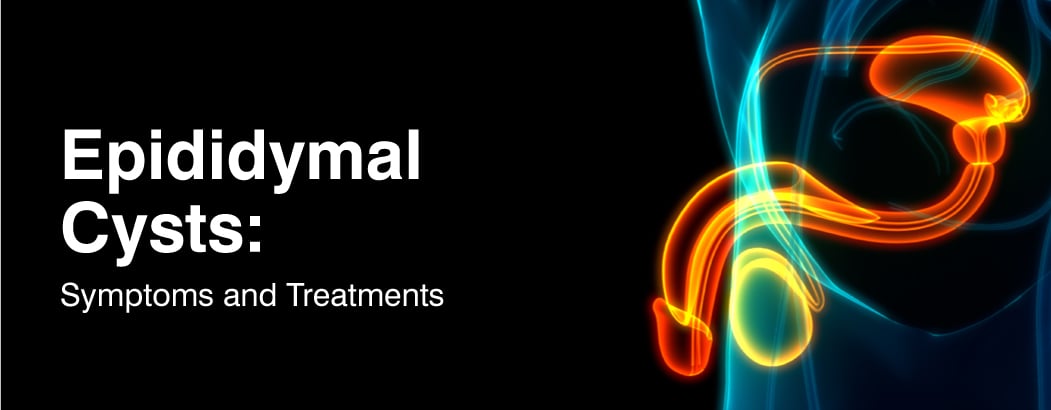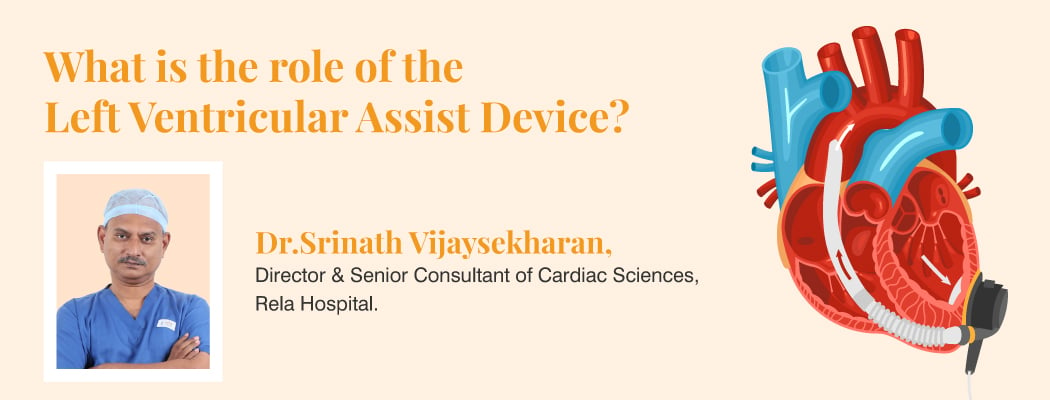Epididymal Cysts: Symptoms and Treatments
October 6, 2023

Epididymal Cysts: Symptoms and Treatments
What is an Epididymal cyst?
A spermatocele is a cyst that occurs on an epididymis, and it is filled with fluids. The epididymis is essential for transporting and storing sperm. If these cysts occur in an elderly person, they are usually benign and do not cause any symptoms. Although the specific cause of epididymal cysts is sometimes unknown, they are usually benign and only need to be treated when they grow incredibly big or begin causing pain. Nevertheless, if an individual has some testicular pain or abnormal symptoms, he should seek medical attention in order to receive an accurate diagnosis.
Table of contents:
- What is an Epididymal cyst?
- Symptoms of Epididymal cysts
- Risk factors of Epididymal cysts
- Causes of Epididymal cysts
- How doctors identify Epididymal cysts
- Treatment options
- Conclusion
- Frequently asked questions
Symptoms of Epididymal cysts
- Palpable Lump: The most typical sign is a painless, movable round lump near the testis or a cyst in the spermatic cord, which is firm, moving and usually easy.
- Discomfort: A patient can also suffer a dull pain or a feeling of heaviness on his testicle if the cyst develops in size and presses the nearby tissues.
- Swelling: The scrotum may appear slightly bulged as a result of the cyst in the body, though this is not always the case.
It is worthwhile mentioning here that these conditions can be associated with other disorders whose manifestations come with identical signs. For this reason, one should make sure that they seek an expert’s medical attention and advice to help with a proper assessment.
Risk factors of Epididymal cysts
Some known risks include infections and trauma. These risk factors include:
- Age: Although cysts generally occur among adult men aged 20 to 40, they can also be seen in younger people.
- Previous Testicular Surgery: Previously performed operations, including vasectomy and those affecting the testes, can heighten the chance of a cyst.
- Injury or Trauma: Scrotal and epididymal trauma, whether intentional or not, can result in these cysts.
- Genetic Predisposition: The genetic makeup of some people leaves them vulnerable to the development of the spermatic cysts known as epididymal cysts.
- History of Infections: Although they are not always connected, some underlying medical disorders, such as recurrent STD or UTI infections, may put a person at risk for cyst development.
Causes of Epididymal Cysts
The exact causes are not always fully understood, but they are generally believed to arise from the following factors:
- Epididymal Duct Blockage: A cyst can form when there is fluid accumulation in the epididymis due to blocked sperm ducts.
- Trauma or Injury: Pre-traumas or injuries to the scrotum and epididymis may have caused a blockage in blood flow that led to the formation of these cysts.
- Congenital Factors: However, some can also be born with congenital conditions or genetic predispositions, so altering the affected organ’s structure or functioning might cause it.
These problems can lead to the development of cysts, but one must ensure that they undergo an adequate medical check-up and identify an agent causing the disease.
How Doctors Identify Epididymal Cysts
The doctors usually inspect, scrutinise the patient’s medical history, and employ diagnostic tests to locate cysts. The following approaches are commonly used for identification:
- Physical Exam: A cyst would be palpated by touch and its nature, such as size, determined if a healthcare provider performed a physical examination on the scrotum.
- Examining the Patient’s Medical History: The knowledge of the patient’s medical history is critical as it can help determine the probable cause of the epididymal cyst and how it can progress.
- Imaging Tests: Ultrasound imaging is generally used to confirm an epididymal cyst. However, using a non-invasive technique, the healthcare provider could see through the scrotum and assess the cyst’s size, location, and composition.
Treatment options
Treatment will depend on the size of the cyst, severity of symptoms, and impact on the patient’s health. Some of these smaller cysts can be asymptomatic, requiring no treatment. However, bigger ones presenting in their symptomatology could be subject to medical management. The following are some standard treatment options for cysts:
- Observation: There might also be an option of a wait-and-see policy in case the cyst is relatively tiny yet does not pose any threat or problem. Therefore, a medical practitioner should frequently monitor changes in cysts’ size and other new symptoms.
- Medications: The doctor may prescribe over-the-counter pain relievers like acetaminophen or NSAIDs to manage the discomfort and pain that might come with the cyst.
- Aspiration: The doctor may advise aspiration of the accumulated fluid in the case of persistent pain due to the cyst. However, this process only offers short-term relief since the cyst may fill up again.
- Surgery: Surgery might be an option if it becomes huge and too painful or for fertility issues. Surgical treatments involve spermatoceles in extreme cases and are only recommended for big cysts.
- Lifestyle Changes: Some of these lifestyle changes may include using supportive undergarments and avoiding activities that may lead to trauma to the scrotum or genital hygiene.
When choosing the type of treatment, it is important to consider an individual’s specific case because he has to see his doctor to determine the most appropriate therapeutic options.
Conclusion
Identifying and treating epididymal cysts is critical to preserving male reproduction. If a person has the above symptoms in their scrotum, they should seek immediate medical attention to determine whether they have an epididymal cyst or another disease. A number of risk factors influence the presence of such cysts, including age, previous testicular treatment, injury, genetics, and disease history.
Although the exact cause of these cysts is unknown, prompt and accurate diagnosis by medical professionals via physical examination and relevant imaging tests would guide the appropriate course of treatment. Some of the cysts may be smaller and only require that they be monitored. In other scenarios, like larger and more symptomatic ones, the patients could also need a set of interventions, including medicines, aspirations, and surgeries, respectively, based on their own cases. They should also adopt measures such as supportive underwear and mild genital hygiene practices to manage the symptoms and enhance general health. As a result, one becomes eligible for prompt and patient-specific medical strategies that improve epididymal cyst care and lifetime fertility.
Frequently Asked Questions
1. Are Epididymal Cysts Serious?
Most epididymal cysts are not serious and should not be viewed as a danger to one’s health. More often, these are benign, nontoxic cyst fluid accumulations, which occur typically in the epididymis. Moreover, they are usually asymptotic without particular pain. These may present as lumpiness, pain, or even swearing in the scrotum but more rarely indicate serious underlying conditions.
2. Does an Epididymal Cyst Affect Sperm?
However, generally, epididymal cysts rarely interfere with spermatogenesis and reproductive ability as a whole. The cysts are usually formed in the epididymis, which is meant to store and channel sperms. They typically don’t affect the production and development of the sperm. Nonetheless, more extensive or complicated cysts, in other instances, interfere with or may obstruct normal sperm movement, which can be detrimental to fertility.








